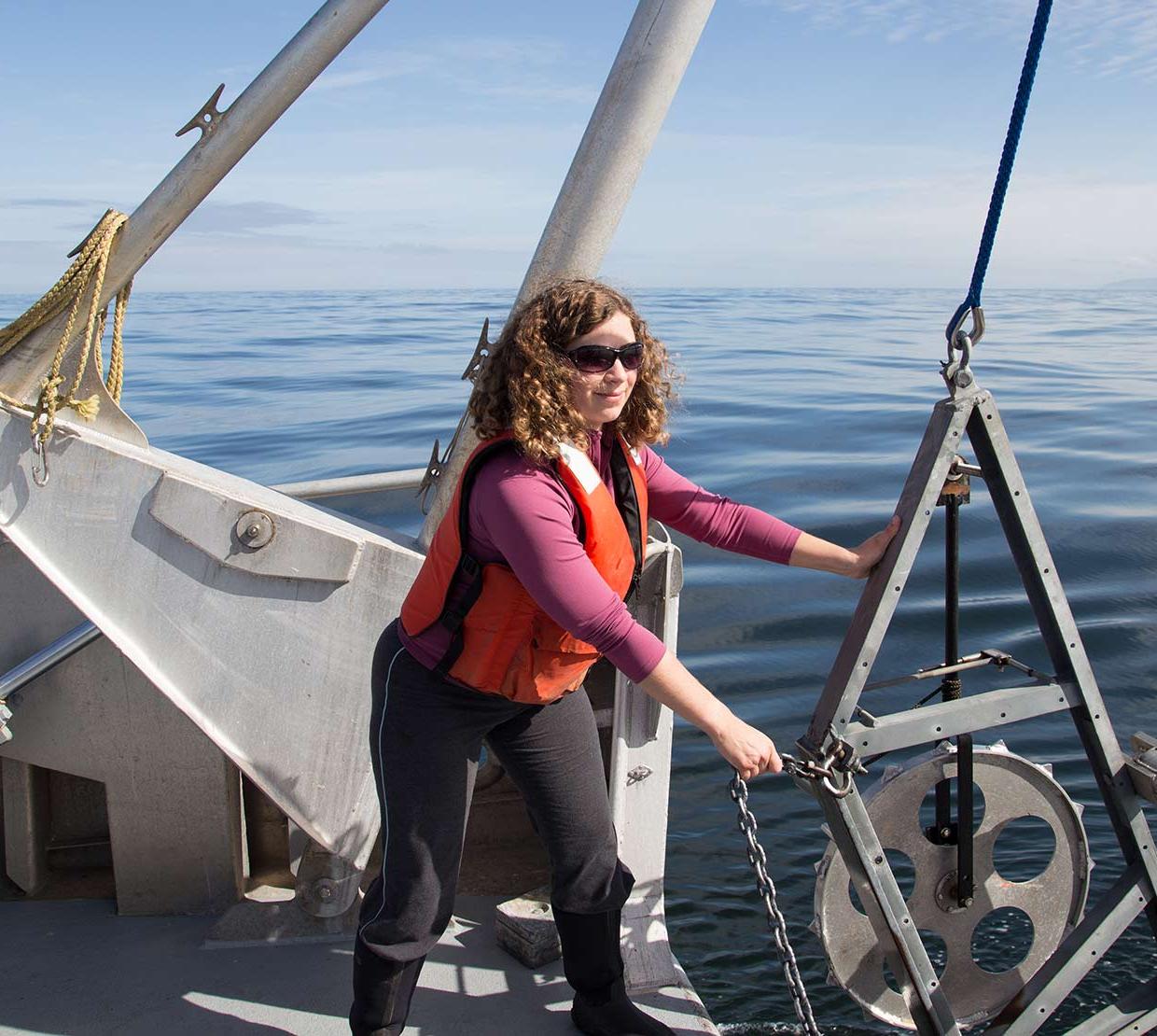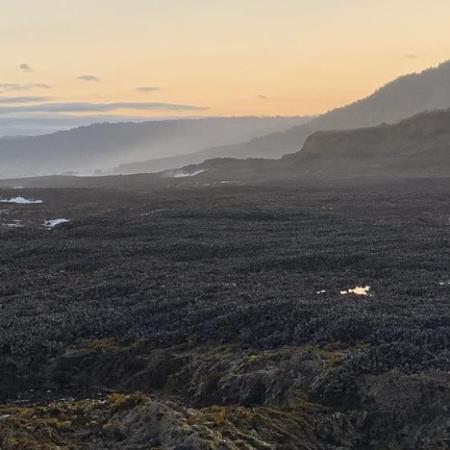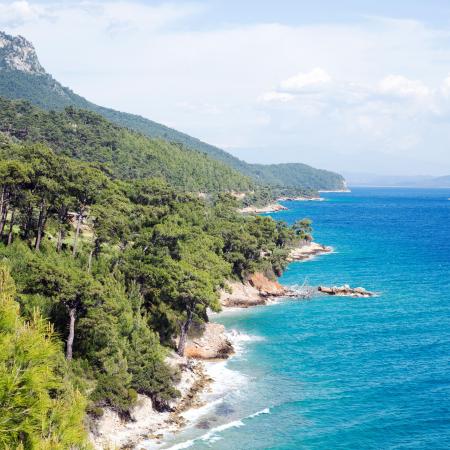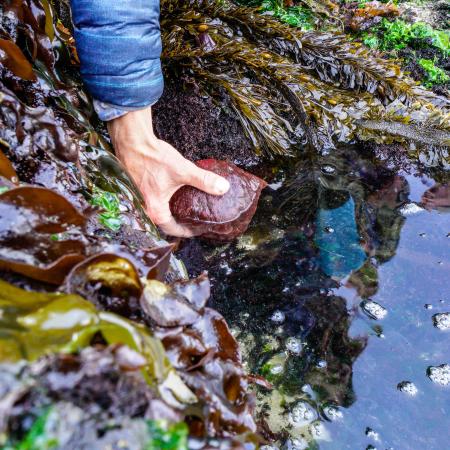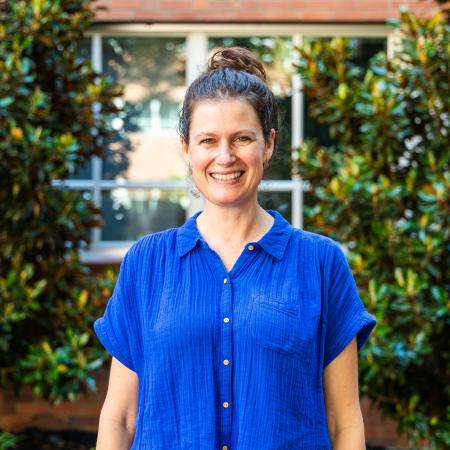There is growing interest in developing offshore wind and wave energy facilities in the Pacific Northwest. But not much is known about the sediment and animal life along the sea floor in the region. That presents a problem for renewable energy companies because they need to consider environmental implications before constructing facilities in the ocean.
Marine biologist Sarah Henkel, leading a team of researchers at Oregon State’s Hatfield Marine Science Center, has helped address that problem by using a 500-pound device with jaws to grab squares of sediment from the ocean floor at eight sites off the coasts of northern California, Oregon and Southern Washington.
In a just-published paper, Henkel and her team found that relationships between sediment characteristics and animal life (mostly pencil eraser-sized clams and worms) were consistent across the sites they sampled.
That’s significant because it could allow renewable energy companies to reduce collections of marine animal life to characterize a potential development site. That type of analysis is costly and time intensive because it involves identification work by humans.
